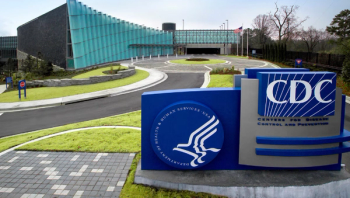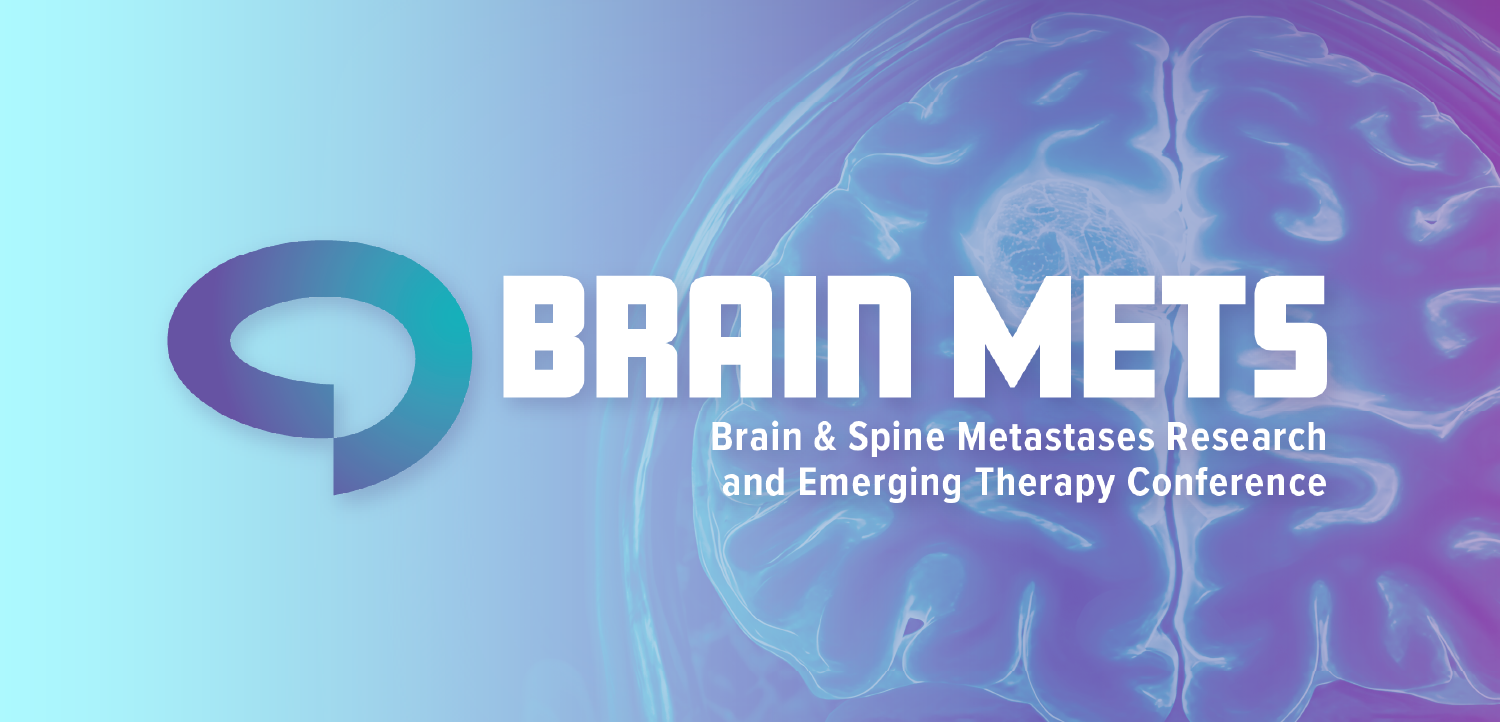
Labor pressures are reshaping healthcare M&A strategy | Viewpoint
Higher labor costs and staffing shortages are pushing hospitals to pursue mergers. These are the same pressures that make due diligence more complex.
Healthcare mergers and acquisitions in 2025 are being reshaped by a new reality.
Labor pressures are now front and center in deal strategy. Today, workforce-related liabilities, from union contracts to retention risk, can make or break a deal. And these pressures are changing what acquirers now look for in targets, and how labor instability ripples through integration and return on investment.
Labor liabilities: the new due diligence priority
Rising inflation, higher labor costs, and ongoing workforce shortages are pushing hospitals and health systems to consolidate. Yet, these are the same pressures that make due diligence more complex and critical.
For example, evaluation of targets must include scrutiny of union contracts and collective bargaining agreements, as well as employment practices and workforce stability. If a buyer fails to address whether they must recognize a union or adopt an existing contract, they risk inheriting unexpected costs and operational challenges.
Buyers also need to assess employment law compliance and other potential liabilities, including employee records, wage and hour practices, and pending litigation. Any non-compliance, especially in areas like wage and hour, discrimination, or safety, can lead to expensive lawsuits or post-deal regulatory action.
Additionally, buyers need to consider retention risks, including high turnover, especially among nurses and frontline staff, as that can potentially erode deal value. Investing in workforce stabilization measures, including evaluating the existing workforce, understanding the dynamics of workforce engagement, and establishing key strategies to retain top talent, are critical.
By ensuring that employees feel valued and supported, buyers can mitigate the risks associated with high turnover rates and ensure operational continuity post-acquisition.
Furthermore, acquirers should consider conducting detailed assessments of the existing leadership teams within potential targets. Effective leadership is essential for navigating the complexities of healthcare operations, driving strategic initiatives, and fostering a positive organizational culture. Buyers should evaluate the leadership’s track record, their approach to managing workforce challenges, and their ability to innovate and adapt to changing healthcare landscapes.
Another critical element in the due diligence process is the integration of advanced technologies. Healthcare systems that leverage cutting-edge technologies, such as artificial intelligence and machine learning, can significantly improve operational efficiencies and patient outcomes.
Acquirers should assess the technology infrastructure of potential targets, including the deployment of electronic health records systems, telemedicine capabilities, and data analytics tools. By harnessing these technologies, healthcare organizations can streamline processes, reduce costs, and enhance the quality of care provided.
Given these challenges, buyers are getting picky. In fact, the medium number of days to complete diligence on healthcare deals in North America on Datasite, which annually facilitates around 19,000 new deals, rose by
Buyers today favor targets that can weather workforce storms and scale efficiently. They want targets with flexible staffing, workforce resiliency and strong clinical technology adoption, such as hospitals and healthcare organizations that have invested in EHR, telemedicine, and digital workflows.
Ensuring success
To ensure success, acquirers need to start workforce due diligence early, engaging HR and labor counsel from the start to identify risks and mitigation strategies. They also need to treat culture as a strategic asset and develop a plan to harmonize practices and support staff through any transition.
Additionally, technology can help. To streamline the M&A process, deal teams are turning to better coordination, clearer communication lines, and smarter use of technology, especially AI-powered tech. In fact, many dealmakers say it’s their
Properly structured virtual data rooms, AI-powered tools for summarizing and organizing information, and collaborative checklists are transforming how due diligence is conducted.
Due diligence is no longer just about uncovering risks, it’s about understanding value. By aligning scope, leveraging expertise, and embracing technology, dealmakers can transform due diligence from a bottleneck into a strategic advantage.
Looking ahead: quality over quantity
The outlook for healthcare M&A in 2025 is clear. Acquirers want targets that bring not just market share, but also workforce strength and operational resilience.
The winners will be those who can navigate labor liabilities, build scalable teams, and harness technology to drive both care quality and efficiency. As the industry continues to navigate challenges and opportunities, the focus on quality over quantity will remain paramount.
Mark Williams is Datasite’s global chief revenue officer
















































